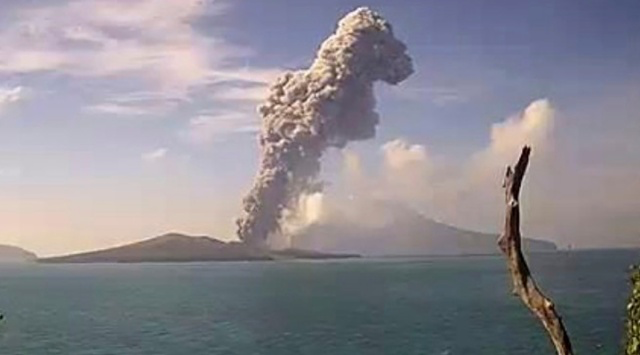Free Courses Sale ends Soon, Get It Now


Free Courses Sale ends Soon, Get It Now



Disclaimer: Copyright infringement not intended.
Context: The eruption of Anak Krakatau volcano in Indonesia.
Details
Impact and Safety Measures:
Ongoing Alert Status:
Changes in Anak Krakatau Island:
Historical Context:
About Volcanoes of Indonesia
Types of Volcanoes:
Active Volcanoes:
Volcanic Hazards:
Volcanic Tourism:
Scientific Research and Monitoring:
|
PRACTICE QUESTION Q) Which type of volcano is most likely to produce an explosive eruption? A. Shield volcano B. Cinder cone volcano C. Stratovolcano D. Caldera volcano Answer: B |
https://indianexpress.com/article/world/indonesia-anak-krakatau-volcano-eruption-8655907/
© 2024 iasgyan. All right reserved